Bamboo Rattan: The Fusion of Tradition and Modernity in Design
In the realm of design, few materials embody the harmony of tradition and modernity like woven bamboo. This natural resource, deeply rooted in various cultures, has transcended its humble origins to become a sought-after element in contemporary decor. Let’s explore how woven bamboo beautifully merges traditional craftsmanship with modern design principles, creating stunning products that enhance any space.
The Rich Heritage of Bamboo Weaving
Bamboo weaving is an ancient craft that has been practiced for centuries in many cultures, particularly in Asia. Artisans have mastered the intricate techniques of transforming bamboo into functional and artistic pieces. Traditional bamboo products, such as baskets, mats, and furniture, often reflect the cultural identity and heritage of the communities that create them.
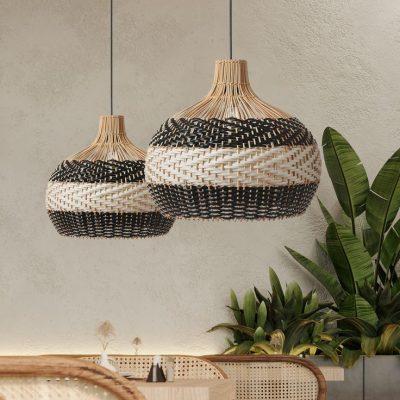
Example: Vietnamese Bamboo Handicrafts
In Vietnam, bamboo weaving is not just a craft; it’s an art form. Artisans create intricate designs that showcase the natural beauty of bamboo while preserving cultural narratives. These traditional pieces serve as a testament to the skills passed down through generations.
The Appeal of Modern Design
Modern design emphasizes simplicity, functionality, and minimalism. It often utilizes clean lines and innovative materials to create aesthetically pleasing yet practical solutions for contemporary living. Bamboo, with its lightweight and durable properties, fits perfectly into this modern design ethos.
Example: Contemporary Bamboo Furniture
Today, designers are reimagining bamboo in modern furniture. Sleek bamboo chairs and tables feature minimalist designs without compromising on comfort and style. These pieces not only enhance the aesthetics of a space but also promote sustainability, as bamboo is a renewable resource.
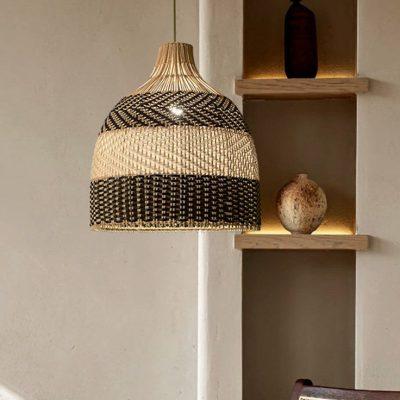
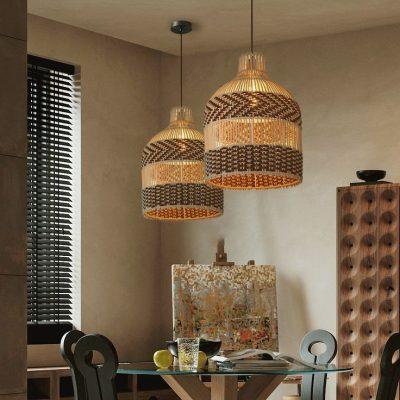
The Benefits of Combining Traditional and Modern Elements
- Sustainability: Bamboo is one of the most sustainable materials available. Its rapid growth and renewability make it an eco-friendly choice for modern design.
- Cultural Connection: Blending traditional bamboo weaving techniques with modern aesthetics creates a connection to cultural heritage while appealing to contemporary tastes.
- Unique Aesthetics: The combination of intricate, handcrafted designs with minimalist modern forms results in unique products that stand out in any space.
Notable Examples of Fusion in Bamboo Design
1. Interior Decor
Interior designers are increasingly incorporating woven bamboo into their projects. From pendant lights to wall art, these elements add warmth and texture, creating inviting atmospheres. For instance, a modern living room can be enhanced with a statement bamboo pendant lamp, bridging the gap between traditional craftsmanship and contemporary style.
2. Home Accessories
Home accessories like bamboo trays, baskets, and wall hangings showcase the versatility of the material. These pieces can blend seamlessly with modern decor while providing functional storage solutions.
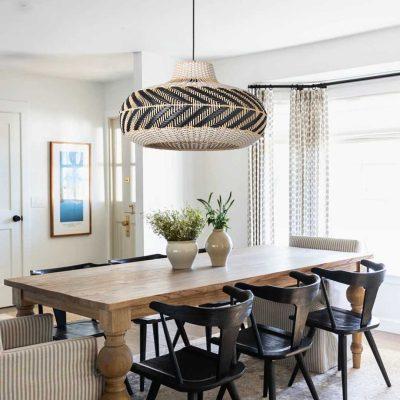
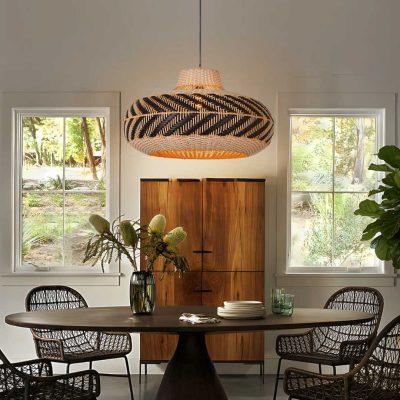
3. Fashion and Lifestyle Products
The fusion of traditional bamboo weaving with modern fashion has led to the creation of stylish bags, hats, and accessories. These products not only embody sustainable fashion but also tell a story of craftsmanship and cultural heritage.
Tips for Incorporating Woven Bamboo into Your Space
- Choose Statement Pieces: Select a few standout woven bamboo items, such as a large basket or a unique lamp, to serve as focal points in your design.
- Mix with Modern Elements: Pair bamboo pieces with modern furniture to create a balanced look. For example, a sleek sofa can be complemented by a rustic bamboo coffee table.
- Layer Textures: Incorporate a variety of textures in your design. The natural texture of woven bamboo pairs beautifully with smooth surfaces like glass or metal.
- Create a Cohesive Color Palette: Use a neutral color palette that allows the natural tones of bamboo to shine. This approach creates a serene and harmonious environment.
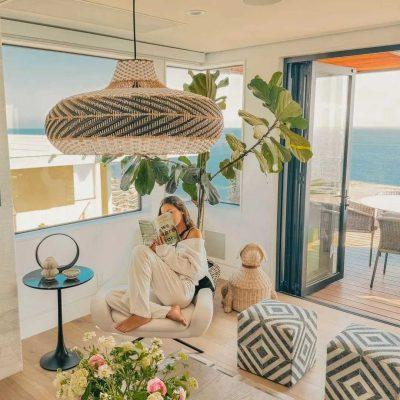
Conclusion
Woven bamboo represents a beautiful fusion of tradition and modernity in design. By embracing both the rich heritage of bamboo craftsmanship and the minimalist principles of contemporary design, we can create spaces that are not only functional but also rich in cultural significance. As we continue to explore the versatility of woven bamboo, its presence in modern design will undoubtedly grow, bringing with it a sense of warmth, sustainability, and timeless beauty.


